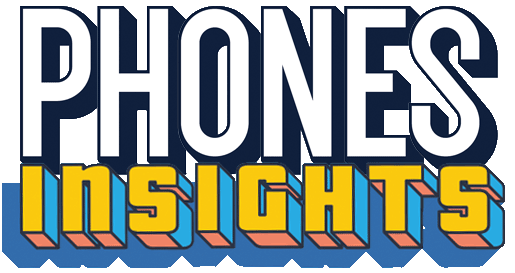What you should know
- The Average Selling Price (ASP) of the iPhone is determined by two factors according to Consumer Intelligence Research Partners (CIRP): the popularity of different models and the amount of storage capacity of the most popular models.
- CIRP calculates the U.S.-Weighted Average Retail Price (WARP), which considers the iPhone models purchased by U.S. consumers during the September quarter and whether consumers choose to pay for additional storage.
- The number of iPhone buyers who purchased a new iPhone with more than the base amount of storage peaked at 59% during the September 2021 quarter, possibly influenced by the pandemic and the need for extra storage for remote work or entertainment.
- The percentage of U.S. iPhone buyers purchasing a model with more than the base amount of storage has since returned to normal, with 43% in the September 2022 quarter and 44% in the most recent launch. This has led to a decline in the U.S.-WARP for the iPhone as more people are buying lower-priced models with the base amount of storage.
- CIRP suggests that the use of cloud storage and increased streaming content has reduced the need for new iPhone buyers to purchase models with more than the base amount of storage. However, longer purchase contracts and keeping phones for longer periods may push buyers to purchase expanded storage to ‘future-proof’ their phones.
Full Story
Consumer Intelligence Research Partners, or CIRP, has some interesting insights on the Average Selling Price (ASP) of the iPhone. Two factors come into play. First, there’s the popularity of different models. If the pricier Pro models sell more than the non-Pro ones, the ASP for that launch year goes up.
Then, there’s the storage capacity of the popular models. This also affects the ASP in any given year. CIRP calculates something called the U.S.-Weighted Average Retail Price (WARP). It’s not just about the models bought by U.S. consumers during the September quarter, the traditional iPhone launch period.
The WARP also considers whether consumers opt to pay extra for more storage than the base model offers. Recent data from CIRP shows a peak in this trend. In the September 2021 quarter, a massive 59% of iPhone buyers went for more than the base storage. The pandemic might have influenced this, with folks needing more space for remote work, video games, or streaming entertainment.
But what about the U.S. iPhone buyers who choose more than the base storage at launch? Well, that’s back to normal now. In September 2019, only 40% of U.S. consumers buying a new iPhone model paid more for extra storage. By September 2020, that figure had risen to 45%.
However, since the peak in 2021, things have settled down. In the September 2022 quarter, 43% of U.S. iPhone buyers chose more than the base storage. This rose slightly to 44% for the most recent launch. This return to the baseline means the U.S.-WARP for the iPhone has dropped. More U.S. people are opting for the cheaper models with the base storage.
CIRP reports that the U.S.-WARP for the iPhone in the September 2023 quarter was down 4.1% year-over-year to $918. The rise of cloud storage and streaming content has eased the pressure on new iPhone buyers to choose models with more storage. This helps accommodate larger photo galleries, app libraries, and music collections.
But CIRP also notes a counter-trend. As purchase contracts lengthen and people keep their phones for longer, they might ‘future-proof’ by buying expanded storage. Interesting, huh?

